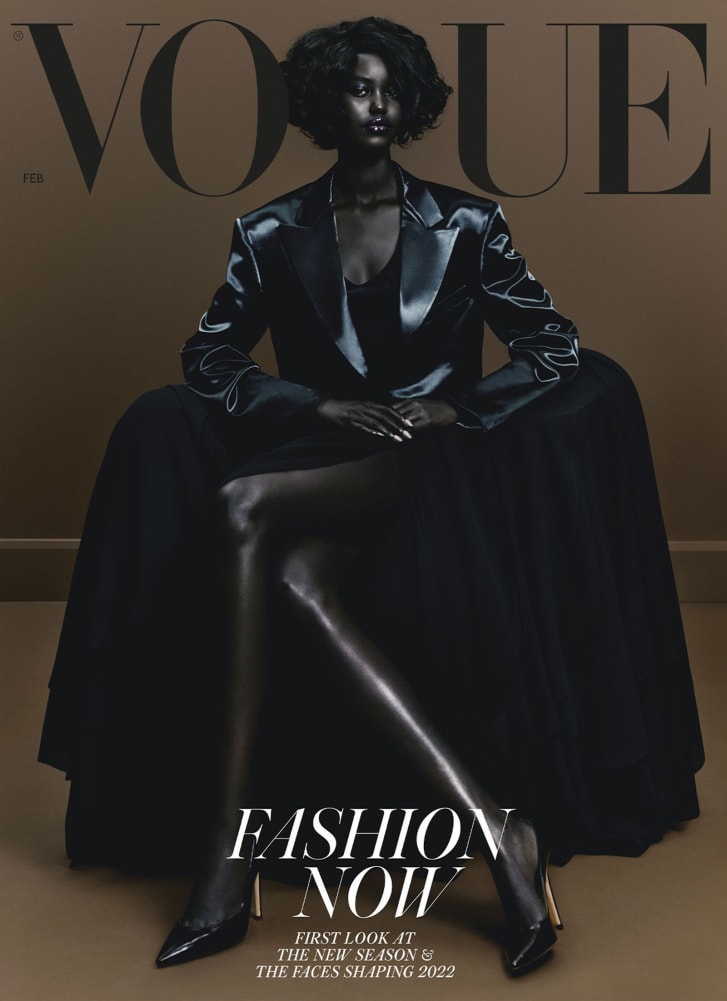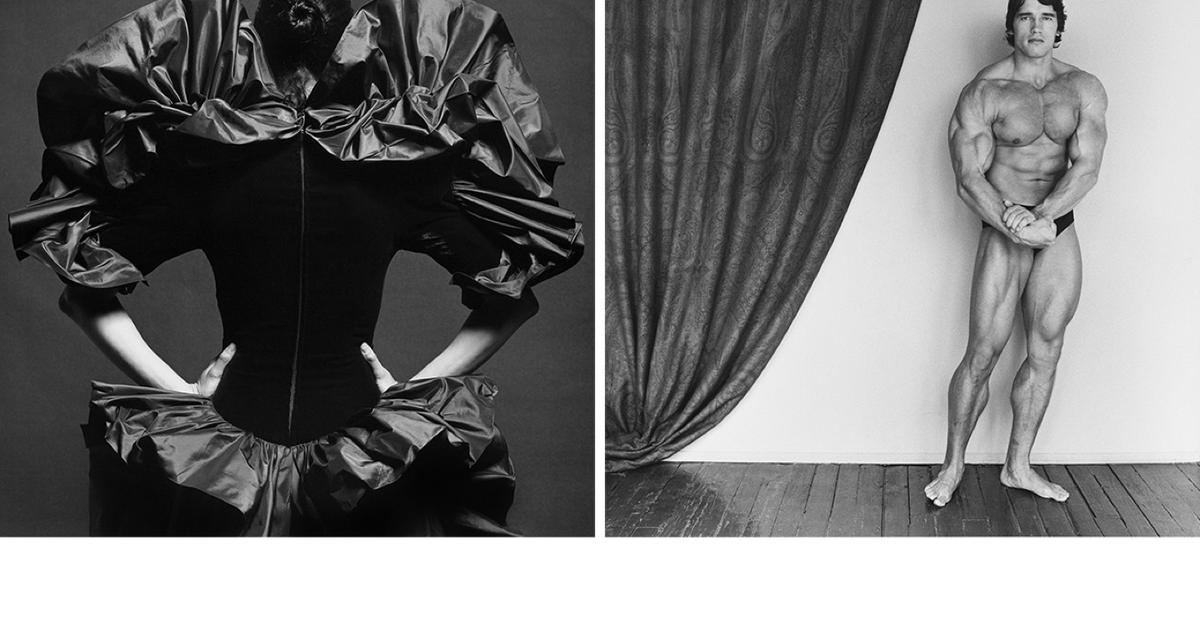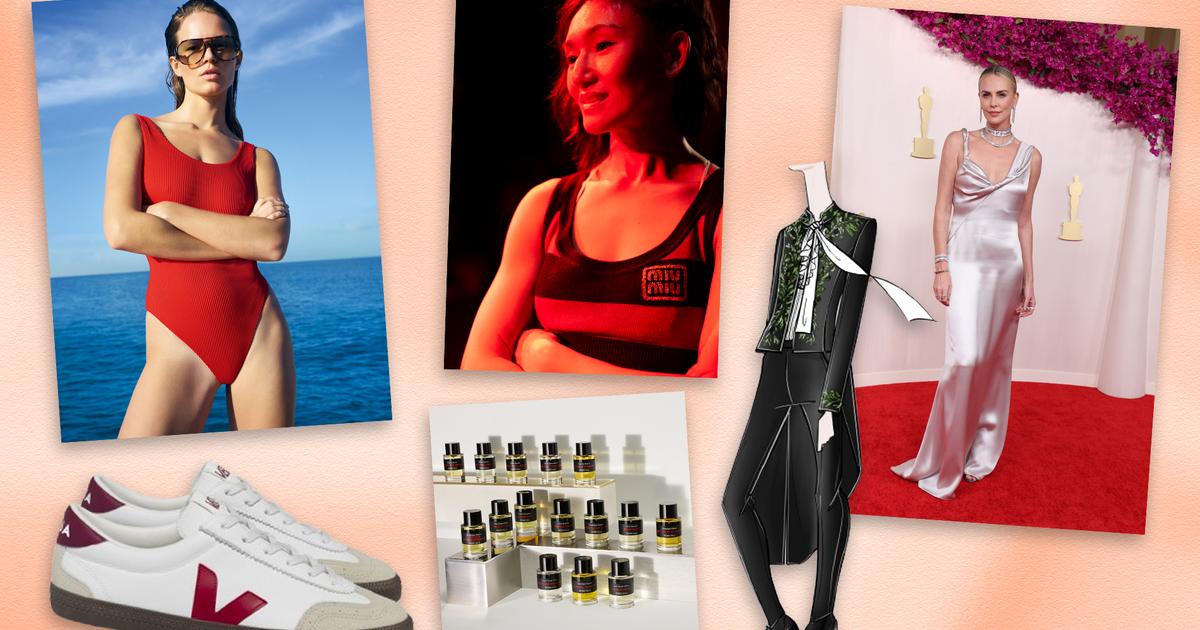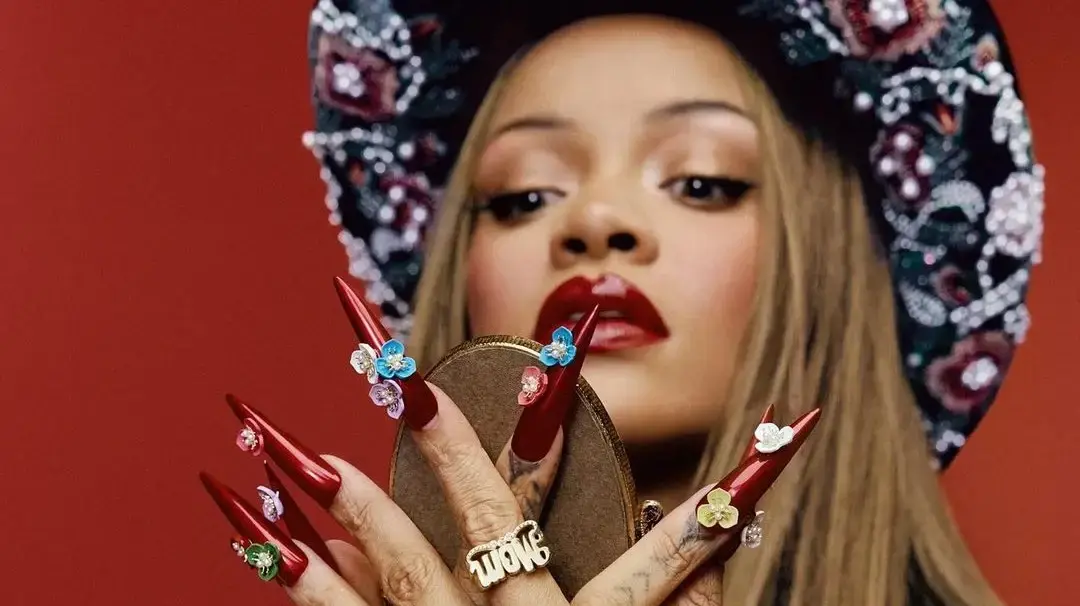These are Vogue's African supermodels 1:02
Editor's Note:
Stephanie Busari is CNN's Supervising Africa Editor based in Lagos, Nigeria.
All opinions expressed in the following article belong to its author.
Lagos, Nigeria (CNN) --
"Sister, have you seen this wonderful cover? ... It's amazing," a friend wrote to me in an Instagram message. It's the February 2022 British Vogue cover, featuring a team of African supermodels.
It's one of two cover photos released this month (a second cover image shows one of the group, supermodel Adut Akech, posing alone) and, according to British Vogue's Ghanaian editor-in-chief Edward Enninful, the images are meant to highlight the rise of African models who are shaping the industry.
However, my heart sank when I saw the photo of the models.
I wanted to love it, but the image left me confused and raised questions about the execution of this important cover.
Why are models depicted in a dark and ominous box, with lighting so dim that they are almost indistinguishable on a cover meant to celebrate their individuality?
Why are they dressed in black, which gives them a funereal air and an almost macabre, otherworldly look?
Why did they wear wigs with strange hairstyles?
Many of these women wear their natural hair as normal and it would have been great to see it featured on a cover celebrating African beauty.
Also, on the cover, the models' skin color appears to be several shades darker than their normal skin tone.
advertising
The photographs were taken by Afro-Brazilian photographer Rafael Pavarotti, and the images, published in numerous luxury magazines over the years, are consistent with his visual style of presenting black skin in an ultra-dark way.
"This is a celebration of women, matriarchy and the beauty of black women," Pavarotti said of her first British Vogue cover in an article accompanying the images online.
"They are the past, the present and the future," he added.
But the lighting, hair and makeup, which purposefully exaggerated the models' already dark skin tones, reduced their distinctive features and presented a cohesive look.
Was this the best way to celebrate black beauty?
Wouldn't it have been better to let her natural and unique beauty shine?
Pavarotti did not respond to requests for comment and Enninful declined CNN's request for an interview, while British Vogue has not publicly responded to criticism.
Along with the cover images, a behind-the-scenes video of the shoot was posted.
Shot in more natural light, before the women are fully styled, the short clip reveals more individuality, and a variety of darker skin tones, in dramatic contrast to the final result.
In an article published on the Vogue website, Enninful describes the models (Adut Akech, Anok Yai, Majesty Amare, Amar Akway, Janet Jumbo, Maty Fall, Nyagua Ruea, Abény Nhial and Akon Changkou) as "a powerful group of reigning and emerging superstars who have not only come to rule the catwalks and dominate campaigns, but have changed the lens through which fashion is viewed around the world."
She added: "It's no longer just one or two dark-skinned girls who mingle backstage, but a host of top models who hold a significant, substantial and equal place among the most successful women working in fashion today. today. It means a lot to me to see him."
Adut Akech on the cover of British Vogue Credit: De Rafael Pavarotti/British Vogue
"We love each other as we are"
A cover is the highest accolade a magazine can bestow on a subject, and historically black women have rarely received this honor.
Former British Vogue editor-in-chief Alexandra Shulman noted in a 2017 interview in The Guardian that when unknown black women were on the cover, fewer copies sold.
This is why when black women appear on the cover of high-profile global magazines like Vogue, these images are widely circulated;
we feel seen, celebrated and recognized.
That's why for a lot of black women, especially dark-skinned ones like me, this Vogue cover is a personal thing.
When the February issue was first revealed last week, I saw many people, like my friend, saying how stunning and beautiful it was.
So I took to Twitter to see if others were as concerned as I was.
Hundreds of people responded to my tweet saying they felt the images were a misrepresentation of black women.
What I discovered is that many of us want to love these images, but we can't shake a feeling of uneasiness that is rooted in deeper questions related to beauty standards that have excluded us for so long.
Many critics online considered the images to be fetishistic and lend themselves to the white gaze, which is ironic considering that the editorial team that produced them was made up almost exclusively of African descent.
Meet the Ghanaian Canadian Lego Sculptor Building a Black Universe
Ghanaian writer Natasha Akua wrote in a private message on Instagram: "When I saw it I was immediately shocked... I feel like I know what they were trying to do visually but turning these black models into this weird tableau out of a horror movie it just instinctively felt wrong."
“Why darken her skin beyond recognition?” he wondered.
“To make some unapologetic statement about being black?
Being black unapologetically means being who you are and doesn't require this kind of hyperbole."
"I find the lighting and tones beautiful," wrote Daniel Emuna.
"But my personal complaint is that publications and brands constantly communicate that the darkest shade of complexion represents the truest essence of blackness or even Africanness. This is clearly a mark of the white gaze."
While South Sudanese comedian and social commentator Akau Jambo wrote: "This is not art, this is black skin porn. Black fetish. Reverse laundering."
"This image is pure manipulation," he told me during the phone conversation.
"This is what they do to South Sudanese models to tell a story about Africa and people say we don't understand the artist's perspective, but you can tell a story and be projecting a false narrative."
"We don't want them to make us into the black they want. We love each other as we are."
It's undeniable that Enninful and her team have made excellent strides in championing diversity since taking over from Shulman as British Vogue's editor-in-chief.
Her first cover was mixed-race model Adwoa Aboah and she has also featured Judi Dench, who at 85 became the oldest woman to appear on the cover of the magazine.
OPINION |
The importance of black models and their presence in fashion
He dedicated the cover of the September 2020 issue to 20 activists, including Manchester United footballer and free school meals advocate Marcus Rashford, photographed by Misan Harriman, the first black man to take the photos for a British Vogue cover.
Many of the people who contacted me did not want to criticize the February cover for the work that Enninful has done in Vogue, but we must not be afraid to hold even our African brothers and sisters to account when necessary.
Change doesn't happen overnight, and open conversation and debate are essential to moving toward the representation we all want to see.
controversy vogue


/cloudfront-eu-central-1.images.arcpublishing.com/prisa/TVWPJHRBAJESTDGBDOO3MEL3K4.jpg)


/cloudfront-eu-central-1.images.arcpublishing.com/prisa/VQFWN5BD4VECJMCZ5VOL675H2Q.jpg)
/cloudfront-eu-central-1.images.arcpublishing.com/prisa/SYNEMXWJOBDHVIJMLL3S53WIAM.jpg)


